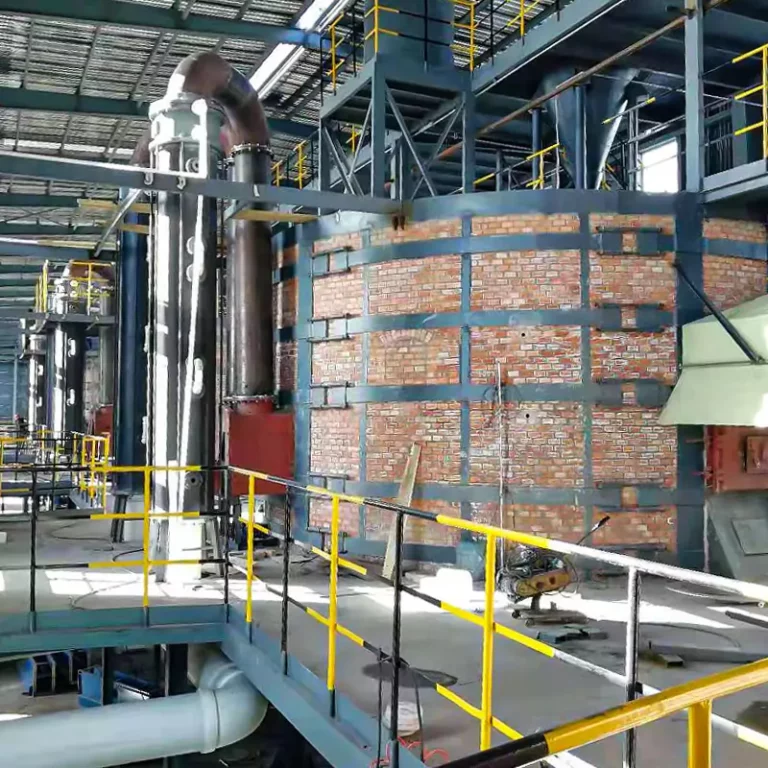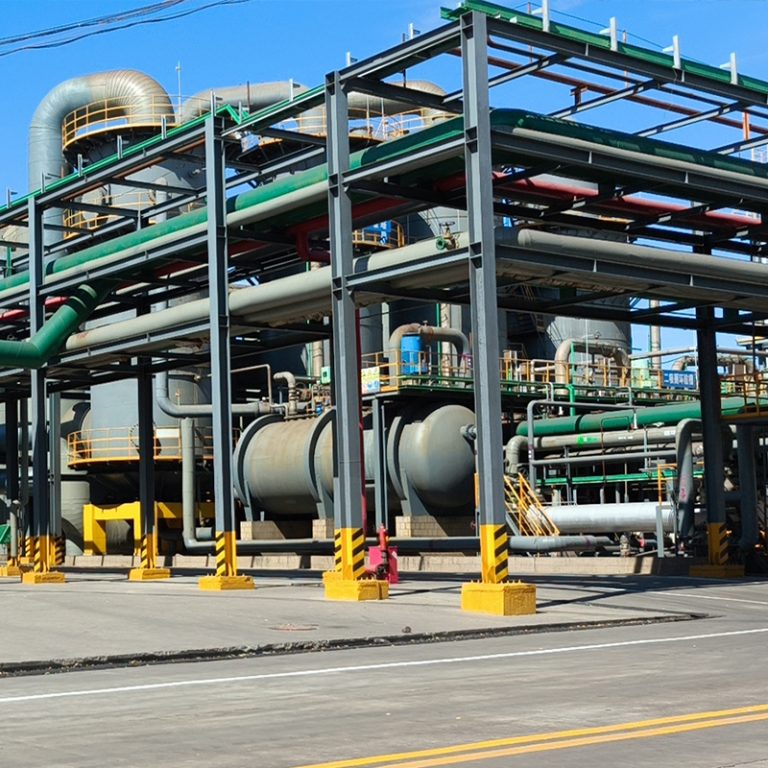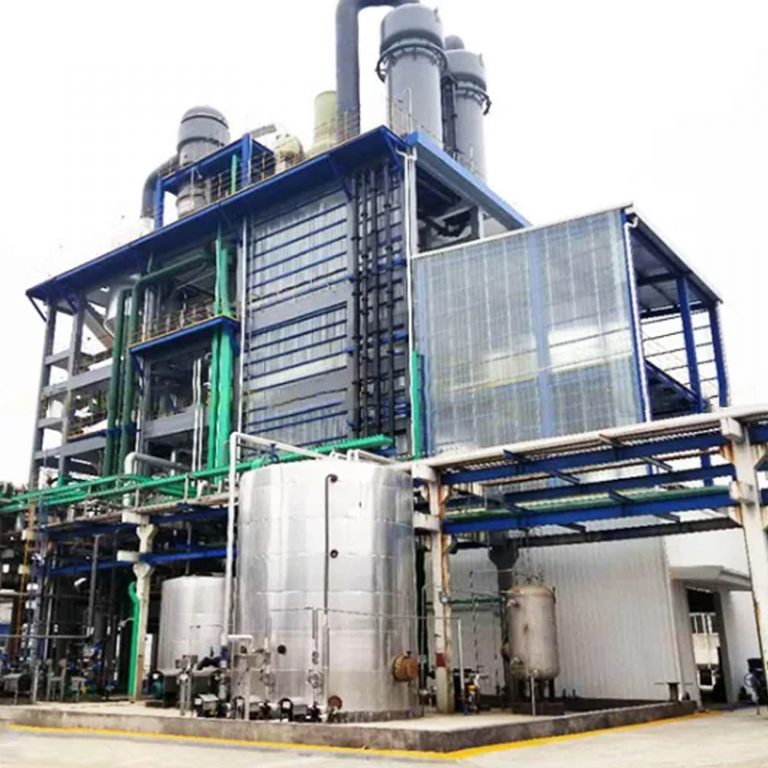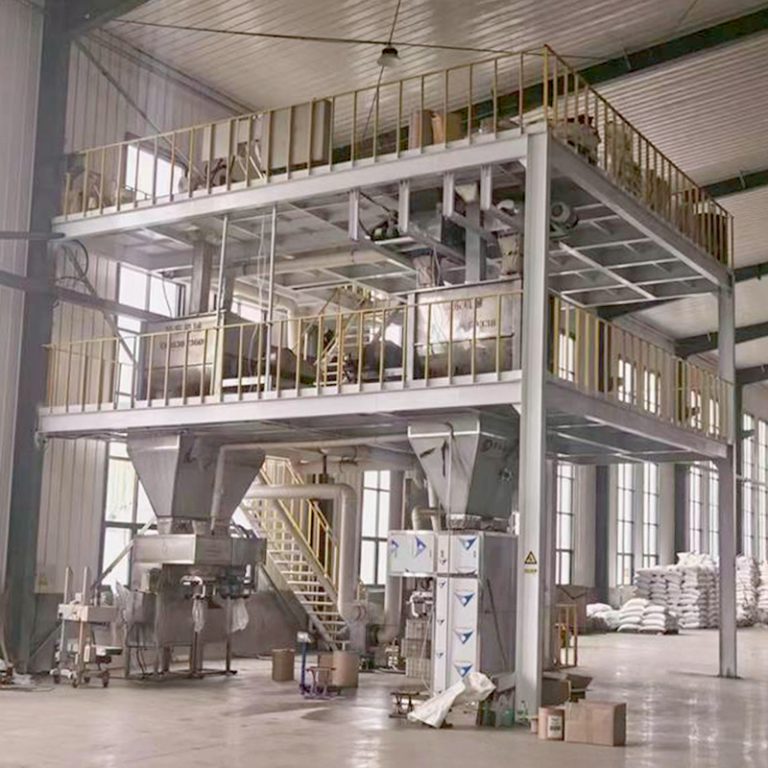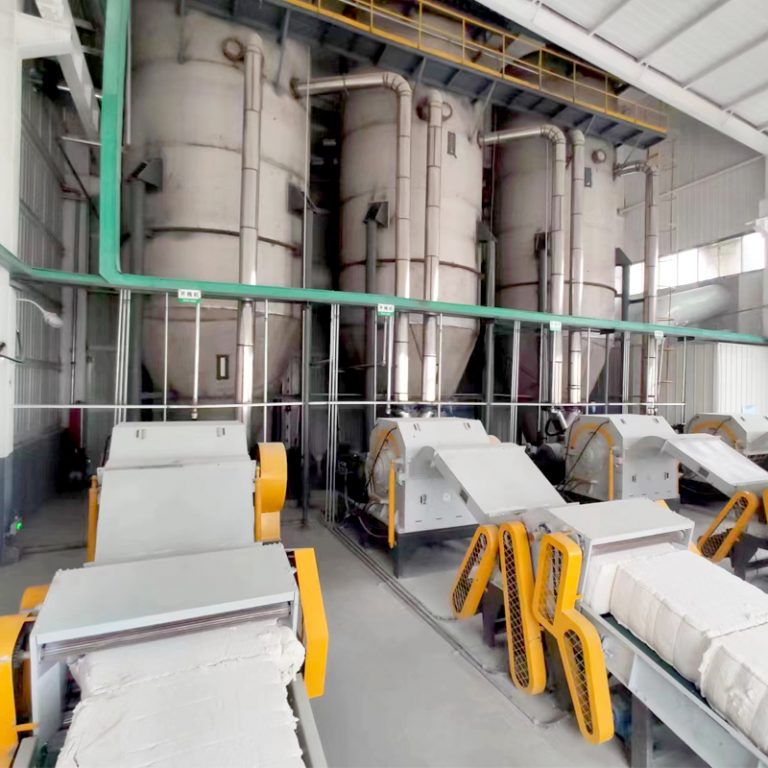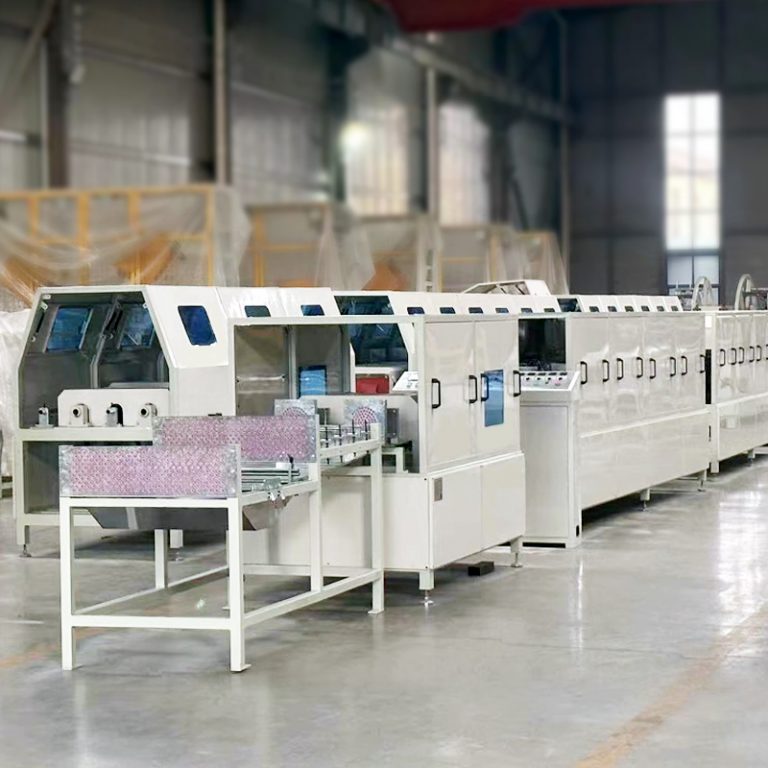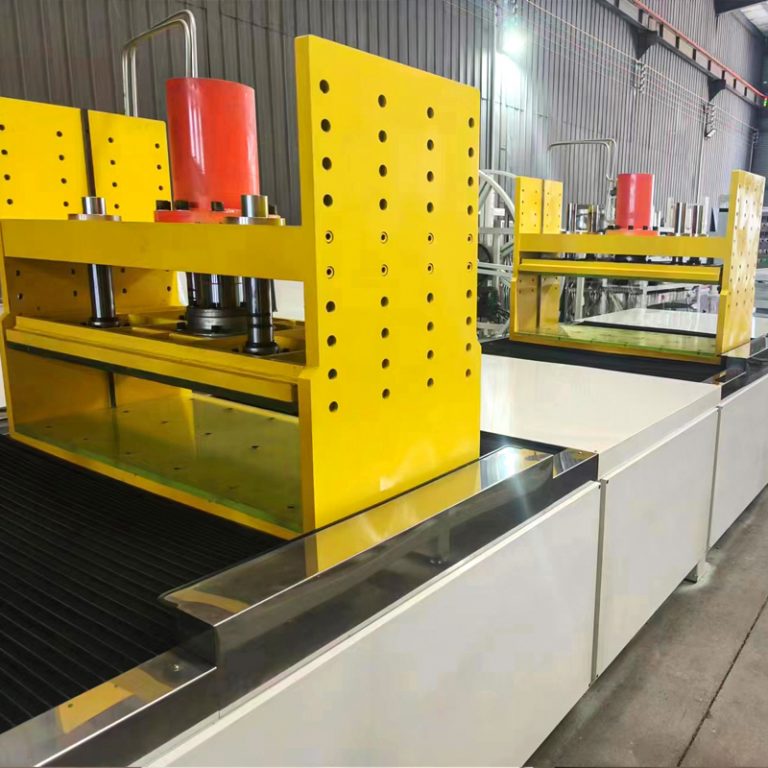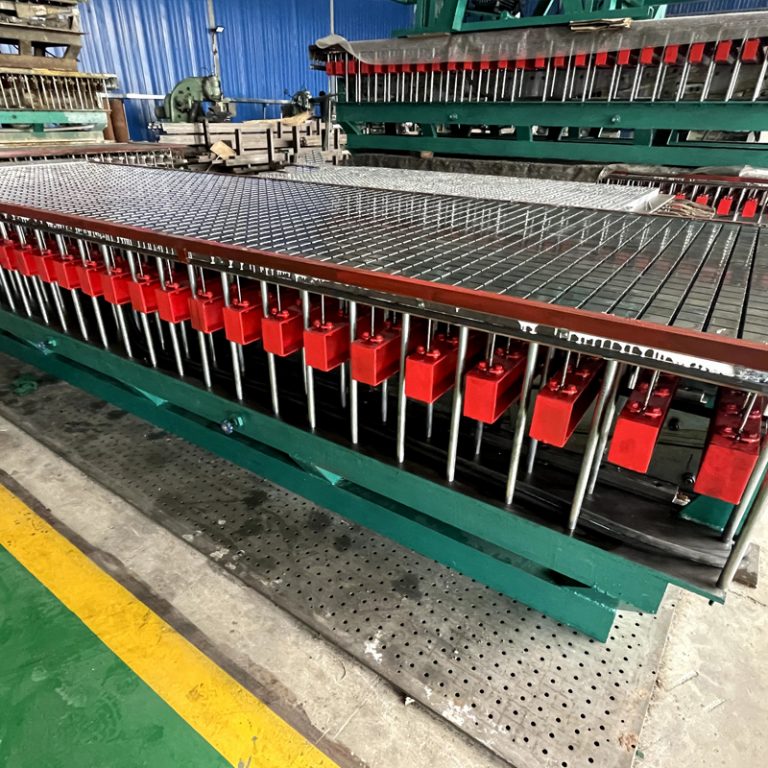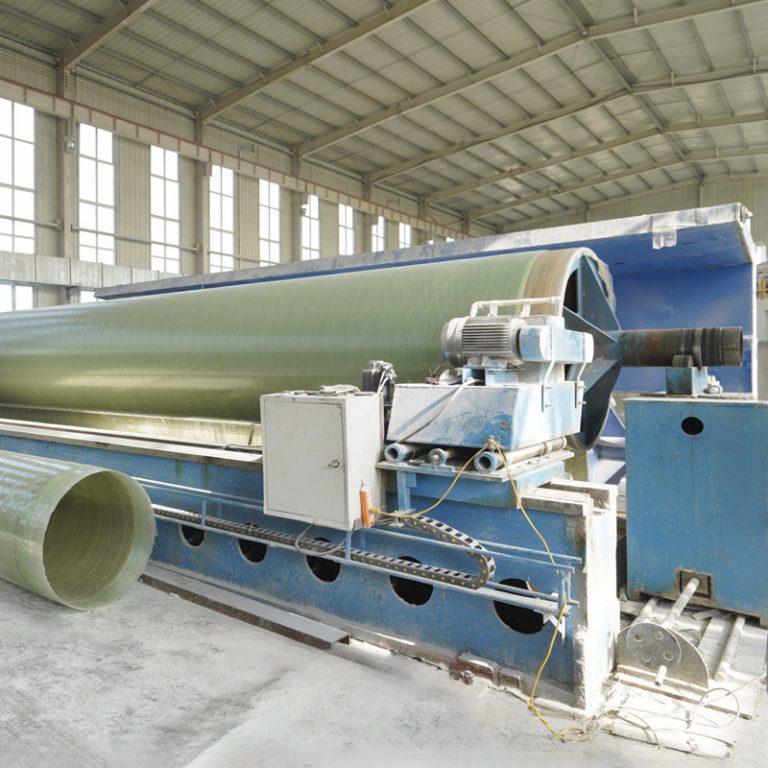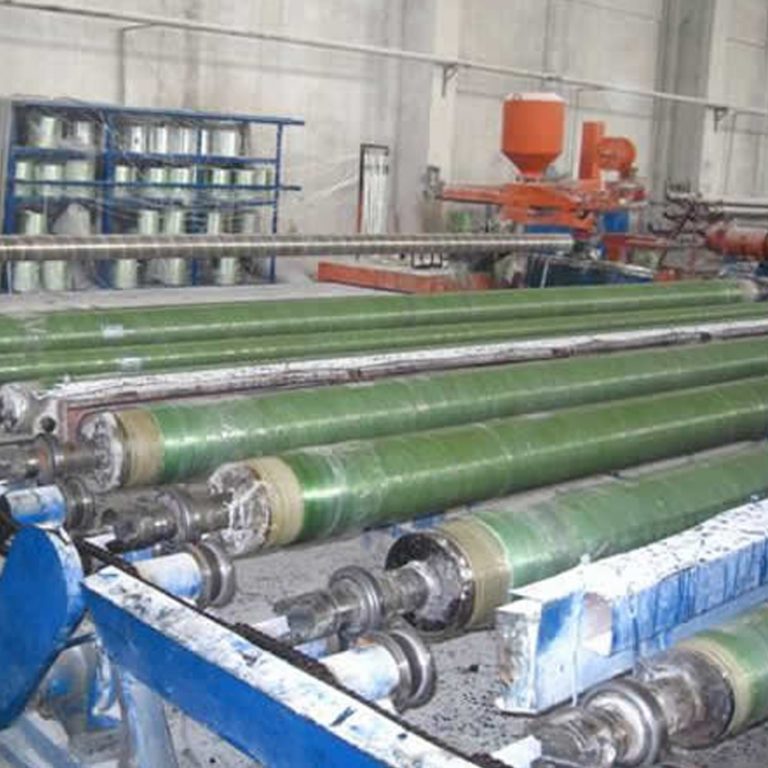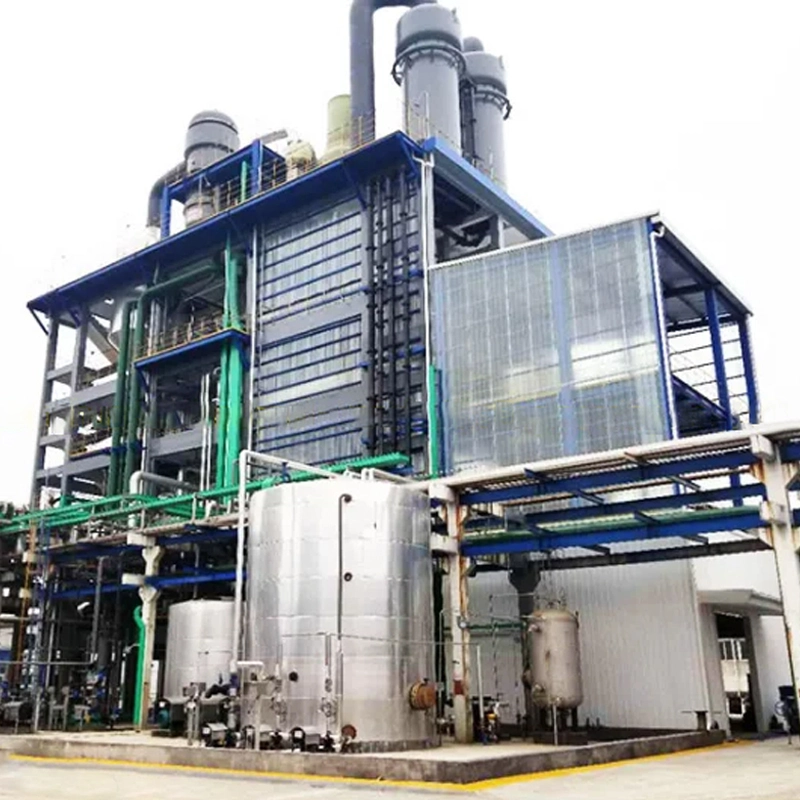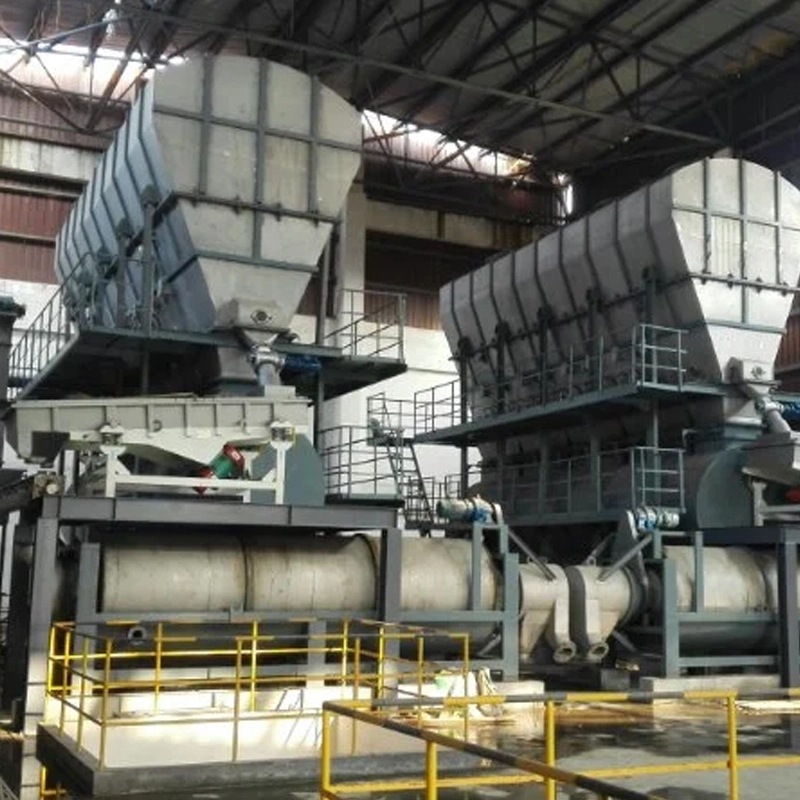Essential Components of a Calcium Chloride Production Line
Core Machinery in a Calcium Chloride Production Plant
A calcium chloride production line uses dedicated equipment. It manages complex tasks to create high-purity anhydrous calcium chloride. Main steps include calcium liquid preparation and drying granulation. These ensure purity above 95%. The granulation system applies a spray fluidized bed drying method. This increases material contact area. It improves heat exchange efficiency. The method saves energy and keeps quality steady.
Key components include:
- Calcium Liquid Preparation Units: These units handle raw materials like hydrochloric acid and limestone. They form calcium chloride solutions.
- Drying and Granulation Systems: The system has a special air distribution design. It fluidizes materials well. It removes large particles or clumps.
- Environmental Protection Equipment: Tail gas is cleaned. Desulfuration and washing systems meet emission rules.
- Control Systems: Automated controls ensure accuracy. They adjust feedstock ratios. They keep production stable.
The Role of Raw Materials in Calcium Chloride Production
Raw materials shape the quality and efficiency of calcium chloride production. Hydrochloric acid and limestone are key inputs. The production line is adaptable. It can use hydrochloric acid from different sources, like byproducts from caustic soda or PCl3 processes. This reduces costs and uses resources well.
The reaction of hydrochloric acid with limestone makes calcium chloride. It creates little waste. High-quality raw materials boost the product’s purity. This suits it for various industrial uses.
Key Processes in the Operation of Calcium Chloride Production Equipment
Operating calcium chloride equipment involves several steps:
- Calcium Liquid Preparation: Hydrochloric acid combines with limestone. This forms a calcium chloride solution.
- Drying and Granulation: The solution is dried using a spray-fluidized bed method. Lower outlet gas temperatures enhance thermal efficiency compared to the product’s peak temperature.
- Emission ControlDischarge: Exhaust gases are cleaned. Desulfuration and washing systems ensure compliance with environmental rules before release.
- Automation: Industrial automation systems run operations smoothly. They manage changes in feed or moisture levels.
The equipment is built for easy use, simple upkeep, and a long lifespan.
Enhancing Efficiency in the Calcium Chloride Production Process
Strategies to Optimize Energy Consumption
Energy costs matter in calcium chloride production. Better furnace flue designs improve energy use during heating. The granulation system’s spray fluidized bed method cuts energy needs. It boosts heat exchange efficiency. Using gas generators instead of standard heating methods also lowers costs.
Improving Output Quality with Advanced Technologies
New technologies enhance product quality and efficiency:
- Automated Control Systems: PLC-based systems control feedstock ratios precisely. They ensure steady quality.
- Specialized Air Distribution Structures: These fluidize materials well. They clear out large particles or clumps.
- Tailored Equipment Design: Custom setups meet specific yield needs.
These features support stable production with little material loss.
Maintenance Practices for Long-Term Equipment Performance
Regular upkeep ensures equipment lasts and avoids downtime:
- Check critical parts often for wear.
- Clean environmental protection equipment regularly to meet emission rules.
- Update software periodically to match modern automation.
These steps extend equipment life and keep productivity high.
Environmental Considerations in Calcium Chloride Production
Reducing Emissions in the Production Process
Cutting emissions is key for eco-friendly production. Tail gas is treated. Desulfuration and washing systems clean it before release. This meets strict environmental rules.
Improved furnace designs also reduce greenhouse gas emissions from heating.
Sustainable Practices for Waste Management
Good waste management aids sustainability:
- Recycle byproducts like hydrochloric acid for other processes. This cuts waste.
- Use closed-loop systems to avoid harmful discharges.
These actions support global sustainability goals.
The Importance of Water Conservation in Production Plants
Water conservation is vital:
- Reuse water in cooling systems to save fresh water.
- Treat wastewater before discharge to protect local water sources.
These efforts reduce environmental impact and meet regulations.
Exploring Innovations in Calcium Chloride Production Equipment
Automation and Digitalization in Modern Facilities
Automation and digital tools transform calcium chloride production. They improve efficiency and precision. PLC-based control systems manage the whole process. They adjust feedstock and track output quality. This cuts errors and ensures steady standards. Real-time data from digital tools allows quick fixes for issues.
Modern plants use software for predictive maintenance. It analyzes performance data to spot problems early. This prevents downtime and extends equipment life. It also improves plant performance.
Integration of Smart Monitoring Systems for Better Control
Smart monitoring systems improve process control. They use sensors and IoT technology to track temperature, pressure, and material flow. The data ensures ideal conditions.
For example, the granulation system’s spray-fluidized bed drying method needs precise control. Smart monitoring keeps outlet gas temperatures below the product’s peak temperature. This boosts thermal efficiency and quality.
These systems also allow remote oversight. Operators can manage plants from anywhere. This helps large or remote facilities.
Emerging Trends Shaping the Future of Calcium Chloride Manufacturing
Several trends shape calcium chloride production:
- Sustainable Practices: Environmental needs drive sustainable methods. Tail gas systems with desulfuration and washing meet emission rules. Recycling byproducts like hydrochloric acid reduces waste.
- Energy Efficiency: Better furnace designs and gas generators cut energy use.
- Customization: Tailored equipment meets specific yield needs. This keeps costs low.
- Advanced Materials: Corrosion-resistant materials in parts increase durability and cut maintenance costs.
Aoliande: Your Trusted Partner in Calcium Chloride Solutions
The Range of Products Offered by the Aoliande Company
High-Quality Calcium Chloride Production Equipment
Aoliande offers advanced calcium chloride production equipment. It is designed for efficiency and reliability. Key steps include calcium liquid preparation and drying granulation. These ensure anhydrous calcium chloride purity above 95%. The granulation system uses a spray fluidized bed drying method. It maximizes heat exchange efficiency and cuts energy use.
Key features of Aoliande’s equipment include:
- Special Air Distribution Structure: Ensures good material fluidization and clears clumps.
- Environmental Compliance: Tail gas systems meet strict emission rules.
- Ease of Operation: Automated controls simplify tasks and reduce labor needs.
- Adaptability: Equipment handles hydrochloric acid from various sources. This suits different industrial uses.
Other Chemical Processing Solutions Provided by Aoliande
Aoliande also provides solutions for other chemical needs:
- Potassium/Sodium Sulfate Production Lines:These use methods like the Mannheim Process. They produce high-quality potassium sulfate with low environmental impact.
- Custom Chemical Processing Equipment: Aoliande designs equipment for specific client needs. This ensures top performance in chemical processes.
Their focus on innovation and quality makes Aoliande a trusted partner for chemical solutions.
FAQ
Q: What are the main raw materials used in calcium chloride production?
A: Hydrochloric acid and limestone are the primary materials for making anhydrous calcium chloride.
Q: How does automation improve efficiency in a calcium chloride production line?
A: Automated systems adjust feedstock ratios accurately. They ensure steady quality and cut labor costs.
Q: What measures reduce emissions during production?
A: Tail gases are cleaned with desulfuration and washing systems. This meets emission rules.
Q: Why is water conservation important in calcium chloride manufacturing?
A: Reusing water in cooling systems saves freshwater. Treating wastewater prevents pollution.
Q: How can I contact Aoliande for more information about their products?
A: Reach them via WhatsApp at +86-13363884492 or email belen@aldfrp.com for details on their equipment or solutions.








